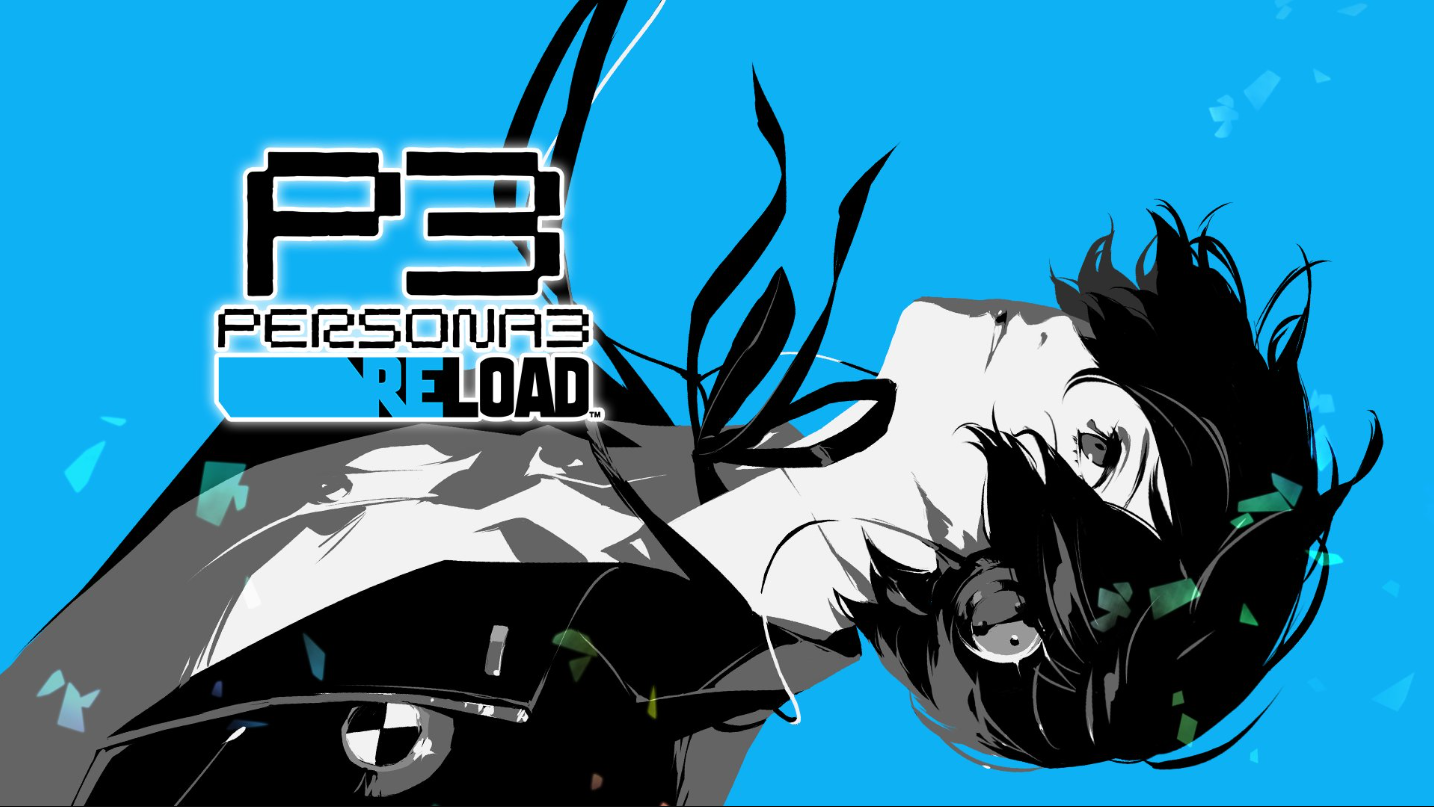You'll love it if:
- You love the original Persona 3
- You’re a fan of JRPGs with anime aesthetics
- You’re looking for a long RPG to enjoy
Not for you if:
- You were expecting a remake with all of P3’s content
- You’re not a fan of turn-based RPGs
- You don’t like a lot of dialogue in your games
Today, most players don’t know that Persona is a spin-off of Shin Megami Tensei (henceforth SMT), a long-running JRPG series developed by Atlus. Persona 3 is the game that pushed this spin-off series into mainstream popularity in 2006, with its addicting combination of turn-based combat and high school life elements.
While Persona 5 Royal is the most popular game in the series due to how new it is, Atlus has gone back to the series’ modern roots with Persona 3 Reload. It’s a remake of Persona 3 as it was released in 2006, aiming to modernize its formula with Persona 5’s gameplay. The keyword here is “as it was released in 2006” because this is the fourth time we get to play Persona 3.
• Persona 3 (2006, original game)
• Persona 3 FES (2007, added The Answer campaign)
• Persona 3 Portable (2009, added a playable female main character)
• Persona 3 Reload (2024, original game’s content only)
This makes this new release a hard sell for returning players right from the start. While Persona 3 Reload has slick new visuals and remixes some story segments, it’s still a game that’s lacking a lot of content. Whether or not Atlus will sell it as DLC later on remains to be seen, but for now, let’s take a closer look at Persona 3 and how it feels to play in 2024.
TL;DR
Persona 3 Reload is an amazing remake of a classic game that’s missing a lot of content found in its later versions. It’s a much simpler but also darker game than Persona 5, and both new players and old fans will find something to love here. However, it’s still not a definitive way to experience Persona 3.
Story – Stranger in a Strange Land
Persona 3 Reload starts in the same fashion as every modern Persona game. You play as an unnamed boy who is moving into a new dorm to spend a year as a transfer student in a new high school. Shortly after arriving at the train station, he is pulled into the mysterious Dark Hour, the time between two days, during which monsters known as Shadows come out.
As part of a secret group of students known as SEES, your job is to discover the secrets of Tartarus, a strange tower that appears in the city during the Dark Hour. It’s a very simple premise, and that’s why it became so memorable with players. While twists and turns are happening throughout the story, the basic idea is this: climb the tower and fight monsters while doing it. In this sense, Persona 3 Reload is much closer to Persona 4 Golden than it is to Persona 5 Royal, which focuses on Palaces and social conspiracies.
Persona 3 leans heavily into the ideas of mortality and accepting one’s death, themes which are accentuated with Evokers–pistols used to call on personas. To fight, characters need to place Evokers against their heads and pull the trigger. The idea of realizing we’re mortal comes around the teenage years, and this is the topic Persona 3 explored in 2006 by making these pistols a key part of the story.
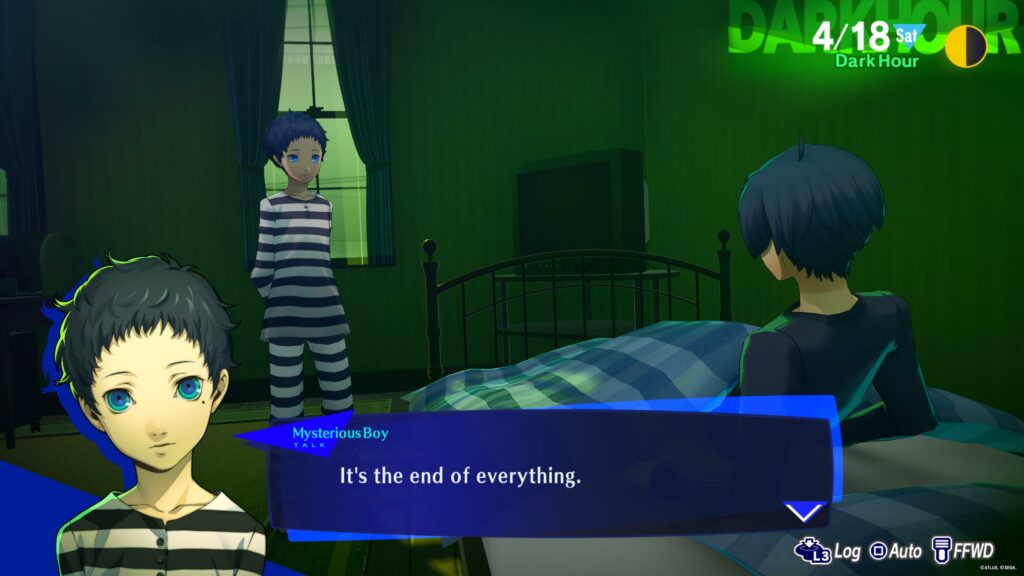
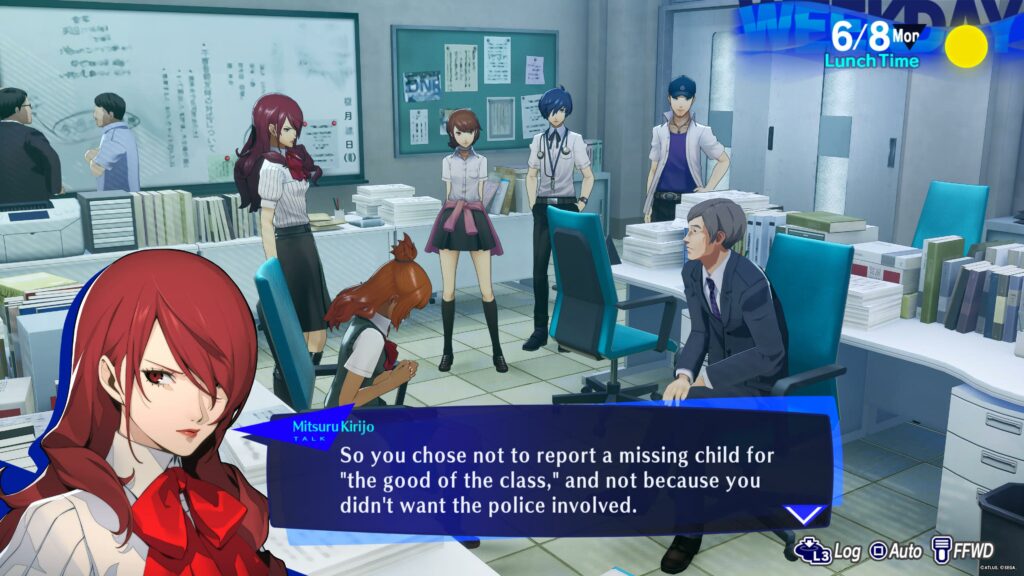
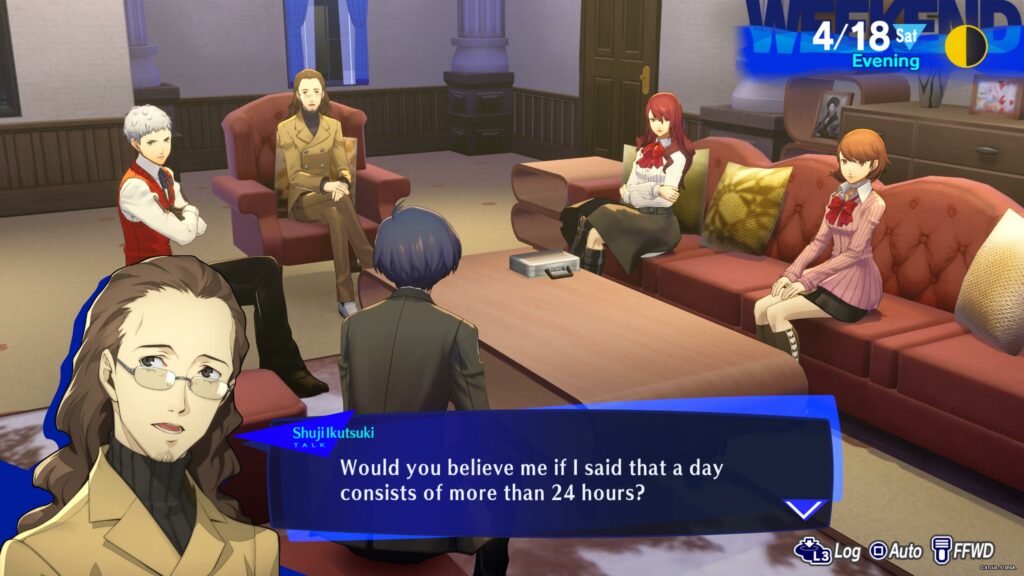
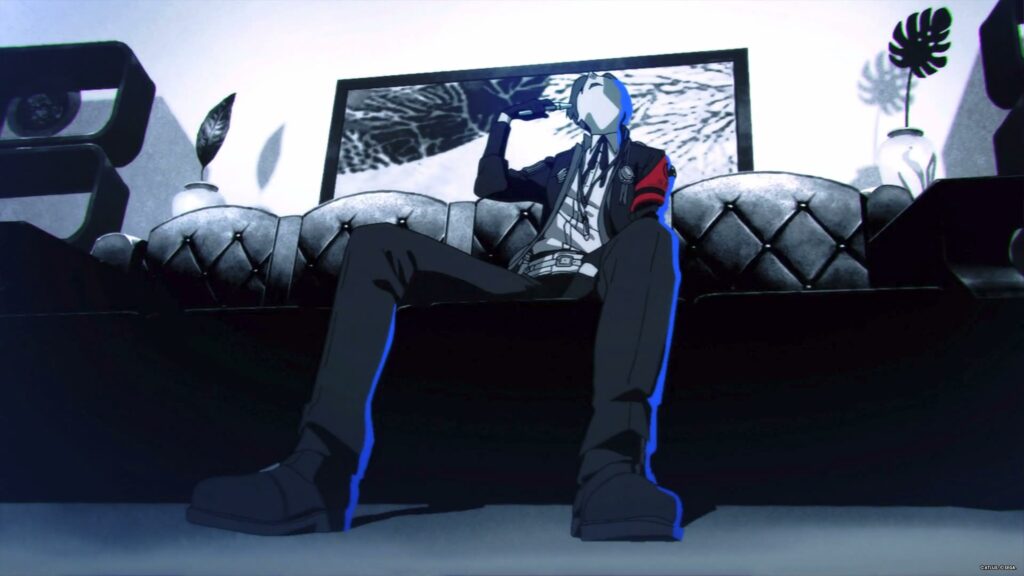
Making Friends through Social Links
One of the most recognizable elements of a Persona game is its social link system. It’s a system that allows you to become close to certain people through dialogue and various activities. Then, you can use these connections to make your personas, the creatures you’ll command, stronger. It’s a neat way to connect personal growth with combat abilities, and it’s a formula that’s become inseparable from the series.
Persona 3 Reload features the same social links as its original release, with one addition, Aigis from Persona 3 FES. In a strange move, it’s the only piece of content Atlus decided to move into this release, ignoring The Answer side story altogether. These social links are very simplistic compared to Persona 5’s Confidant system, but they serve their purpose.
Every character you make a connection with is struggling with a certain aspect of themselves, whether it’s self-worth, the pain of losing a loved one or being in an abusive family. Compared to later games, Persona 3 Reload and its social links go into some dark places and don’t shy away from exploring heavy themes.
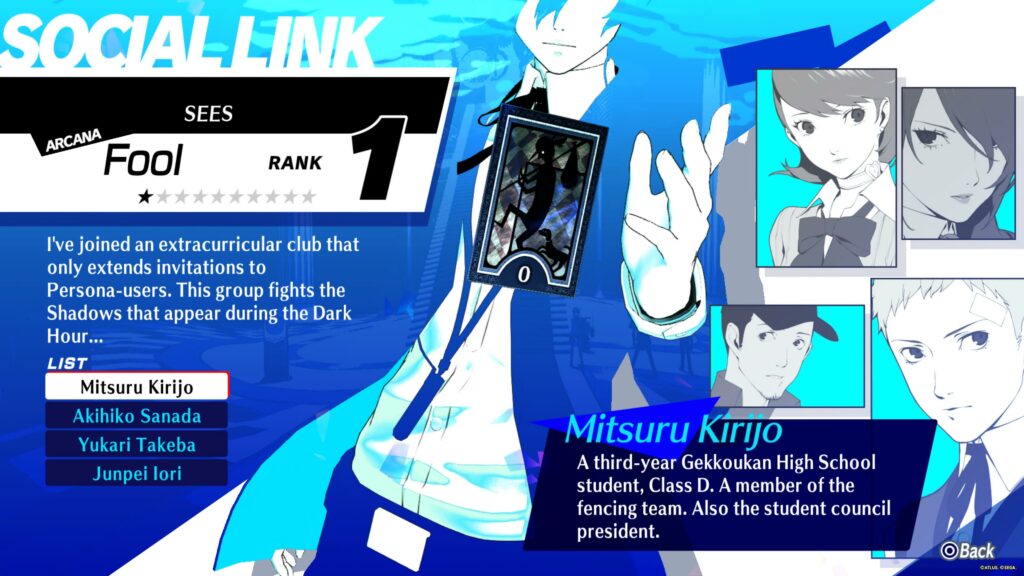
Gameplay – The Origins of a Winning Formula
For better or worse, Persona 3 Reload is very close to its original version in terms of gameplay. This may throw people off at first, especially because Persona 5’s Palaces were so varied, dynamic, and unique. In comparison, Tartarus is a series of randomized dungeon floors you’ll fight through endlessly. While certain story segments are unique, Tartarus is where you’ll spend the majority of your time with Persona 3 Reload.
You can bring up to three people with you when you explore Tartarus, allowing you to mix and match characters that best suit the enemies you’ll fight. Compared to the original release, characters no longer get tired when exploring Tartarus, meaning you can explore it for hours without interruption if you choose to. It’s a much-needed change that broke the pace of the original game, and we’re glad Atlus made this decision.
Similarly, you can now control your party members directly (which you couldn’t do back in 2006). Persona 3 has become something of a “pick your poison” game for fans who can’t access all of its features with a single game, instead having to swap between various versions. Worse yet, not all versions are available on all platforms (Persona 3 FES is stuck on the PlayStation 2).

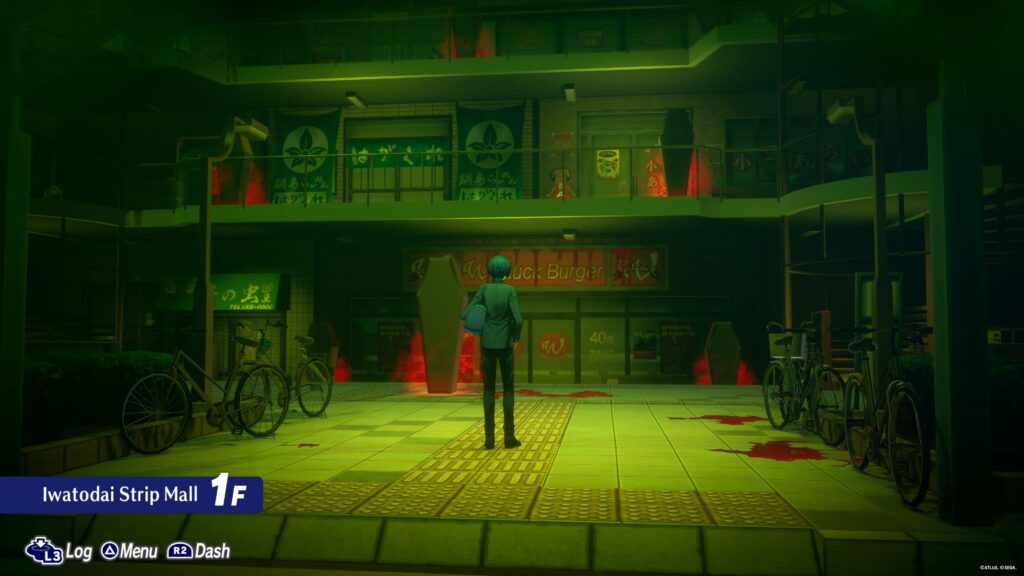
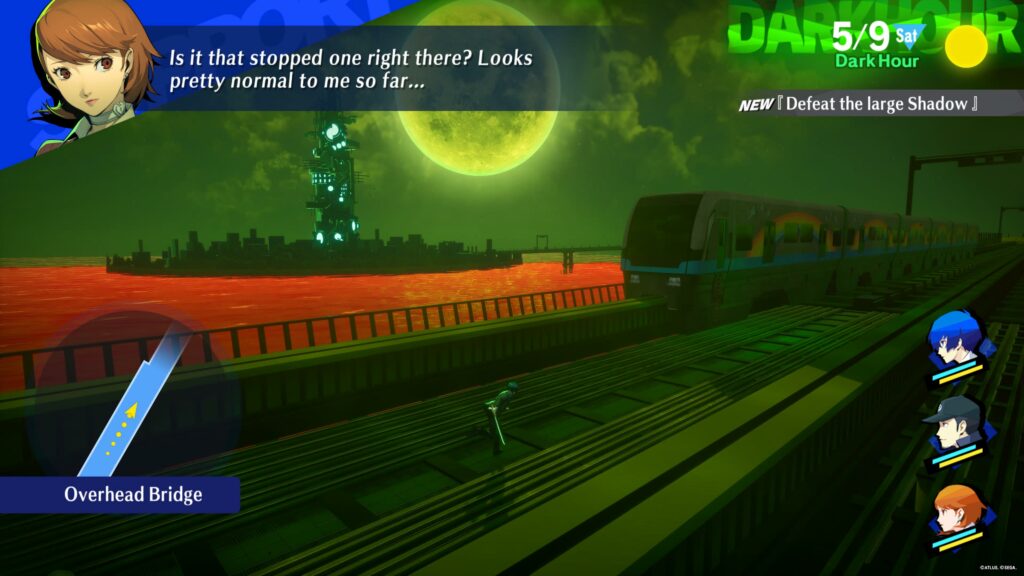
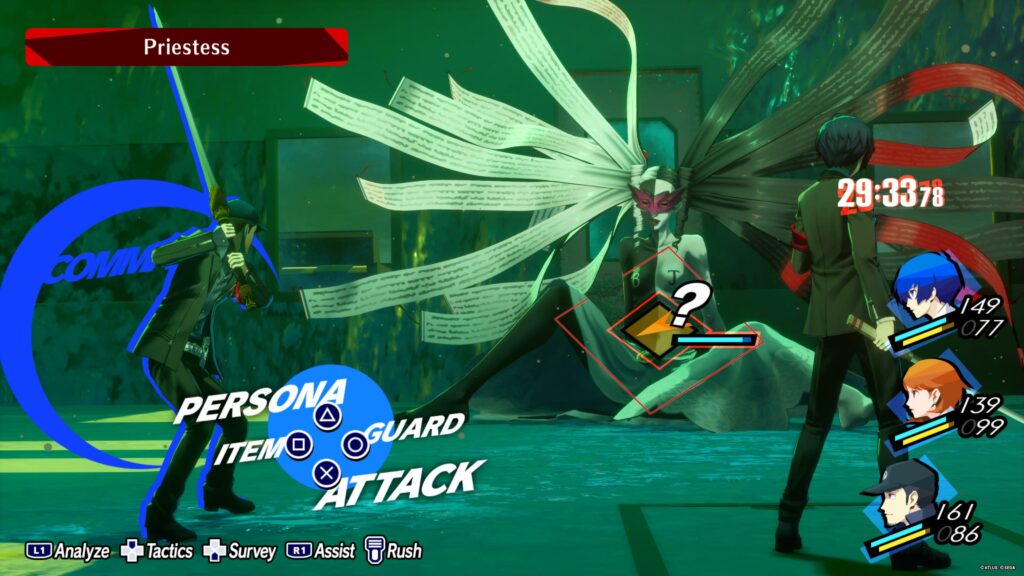
Rock, Paper, Scissors Style of Combat
The Shin Megami Tensei series is known for its reliance on the “Press Turn” system, known as “1 More” in Persona. Attacking your enemies with skills that hit their weaknesses will give you another turn. That turn can either be used by the same character or passed to another. In Persona 5, this was called a “Baton Pass,” and in Persona 3 Reload, it’s called “Shifting”. It’s a very clever way to keep combat interesting and encourage you to experiment with different personas.
You will have to do it because enemies can also use the same system against you, and execute several attacks one after another if you’re not careful. Changing your personas to best match your enemies and using supporting skills to protect your party is a must in Persona 3 Reload. If you prefer enjoying the story, however, you can lower the difficulty and focus on the journey instead, which is a welcome addition for casual players looking for a fun JRPG to play.
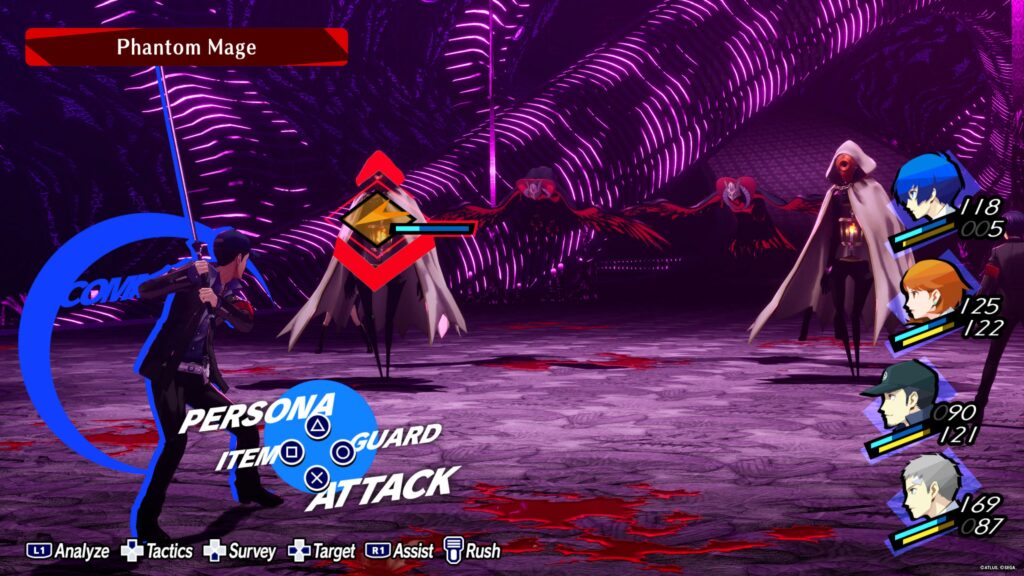
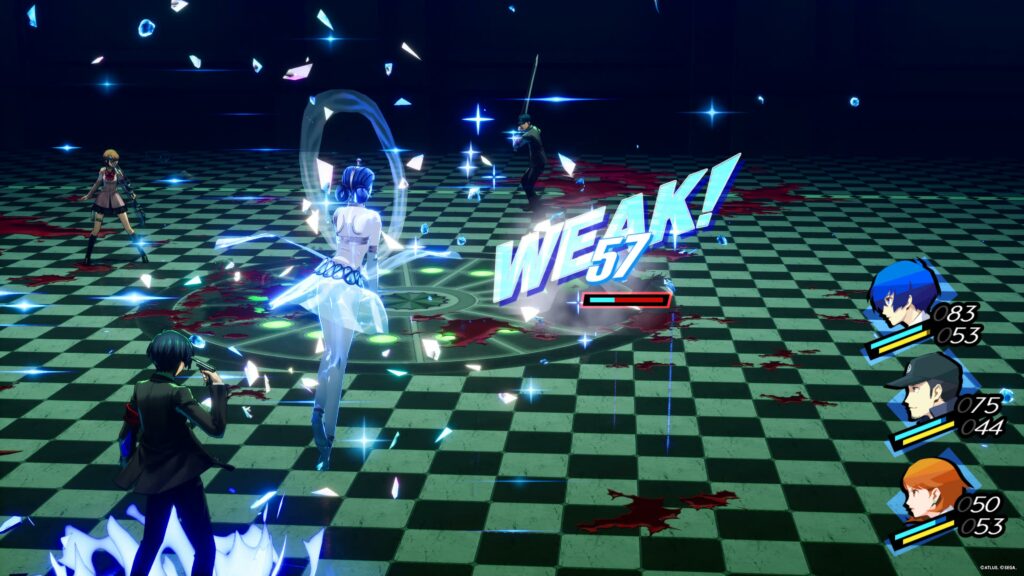
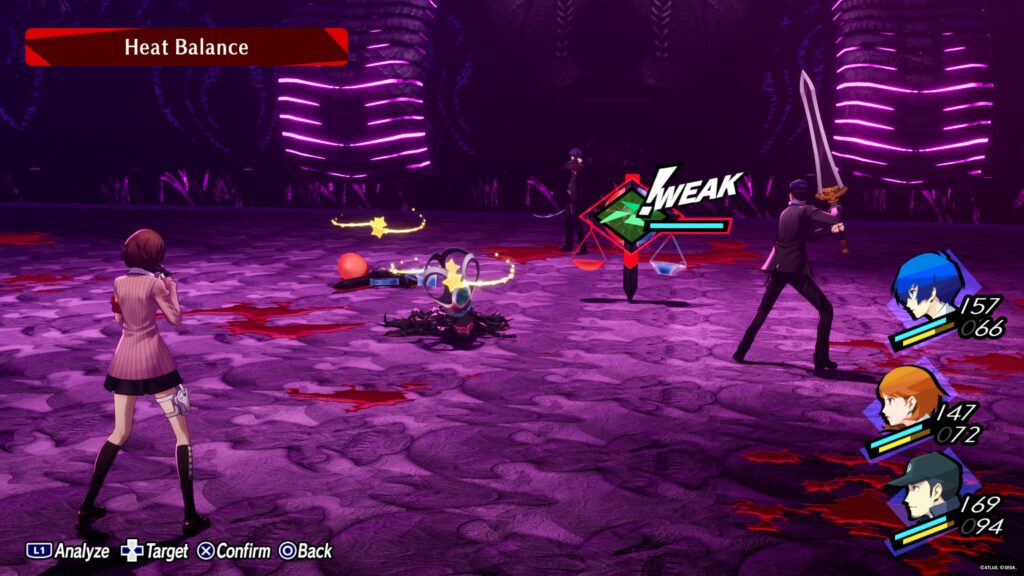

Fusing Personas in the Velvet Room
Unlike Persona 5, you won’t negotiate with the enemies you fight to get new allies in Persona 3 Reload. Instead, you acquire new personas through a system called “Shuffle time,” which appears when you win in battles. When you acquire them, you’ll then be able to fuse them into more powerful personas that have new skills.
Matching different personas together to find new combinations that’ll lead to even more powerful creatures to control is very addicting, and you’ll spend hours creating new personas. While you’re limited in how many personas you can carry at one time, you’re also encouraged to fuse them and get rid of weaker ones constantly. You’ll always have your favourites like Jack Frost, the icon of the SMT series, but you’ll need to move on to more powerful personas if you want to overcome Tartarus.
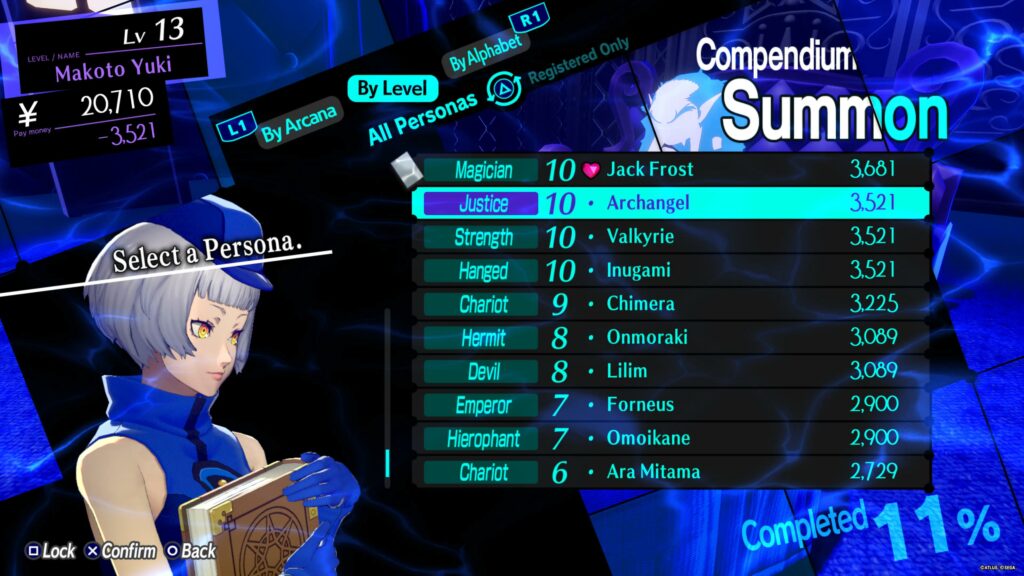
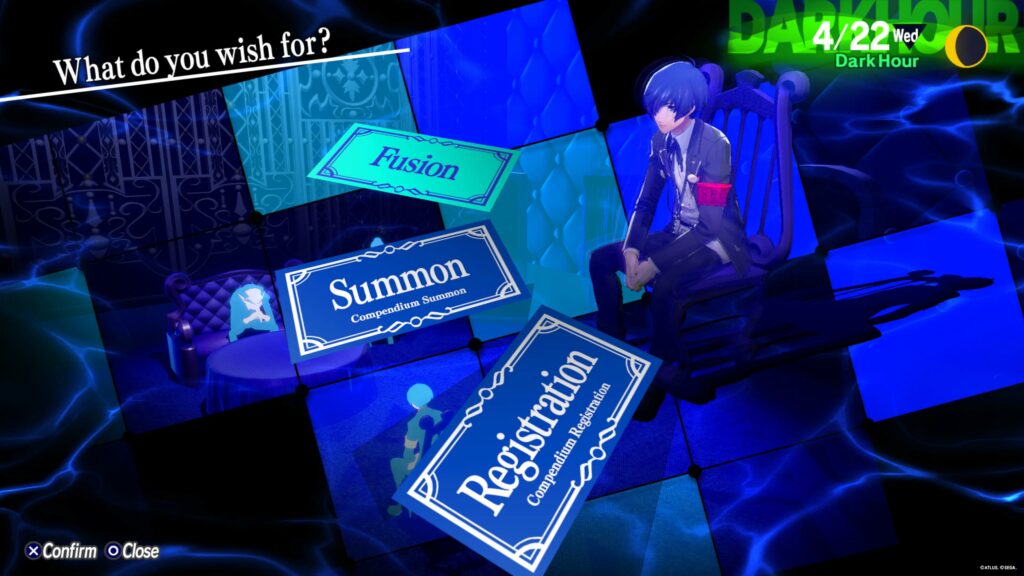
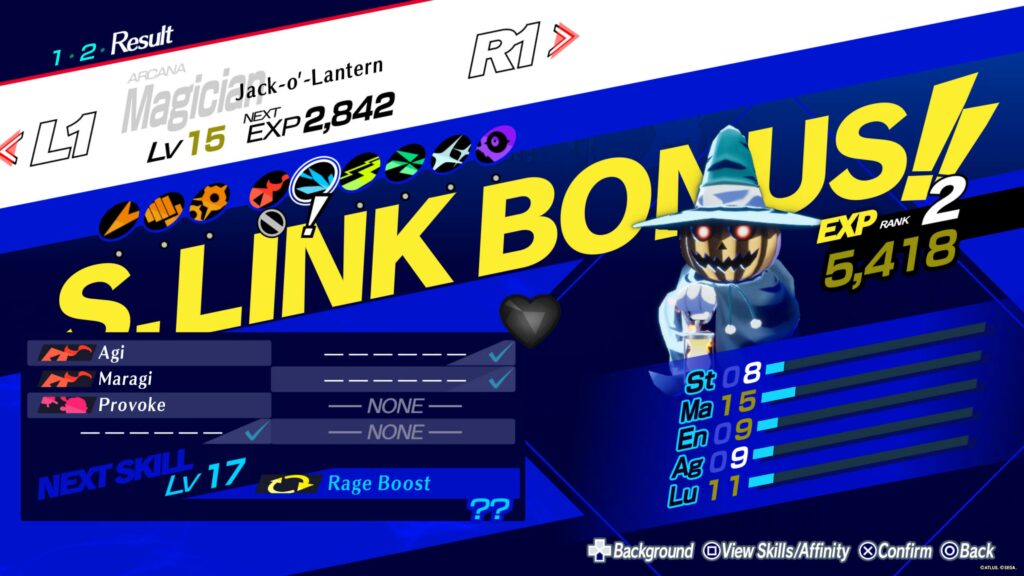
High School Life Simulator
It wouldn’t be a Persona game if you couldn’t go to high school when taking breaks from fighting monsters. Persona 3 featured the series’ first iteration of a high school life simulator, complete with different classes, clubs, part-time jobs, and activities to participate in. It can be a lot to take in, especially because you’ll always have a limited time to do anything.
You’ll have to choose which friends to meet over others, which jobs to do, and when to study or get some food. Beyond social links, you’ll also level up three statistics in Persona 3 Reload: Courage, Charm, and Academics. Raising them will unlock new dialogue options, new activities, and more ways to earn money. Thankfully, the game has New Game+ already, so you can get everything done on your second playthrough (if you care about it).
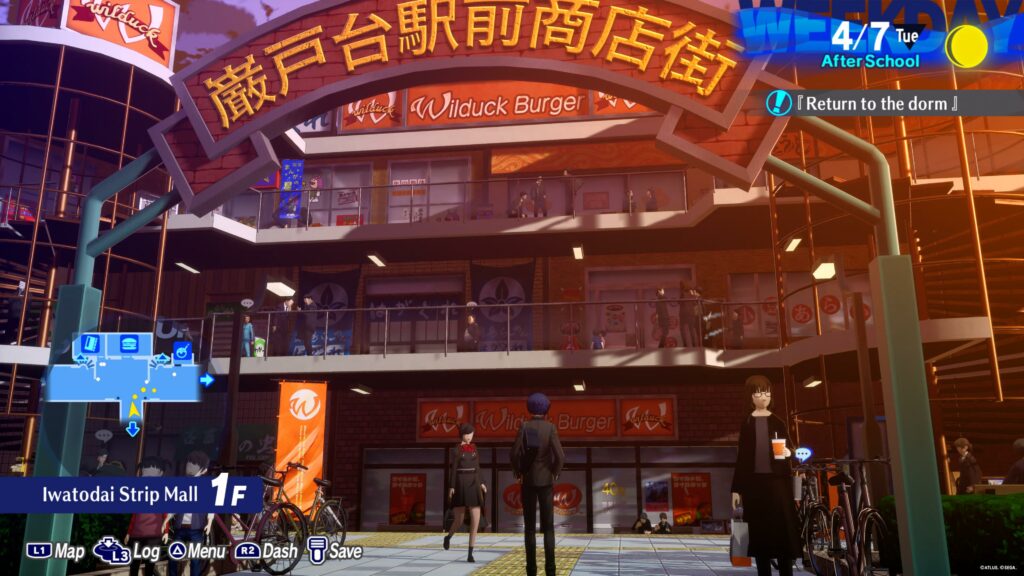
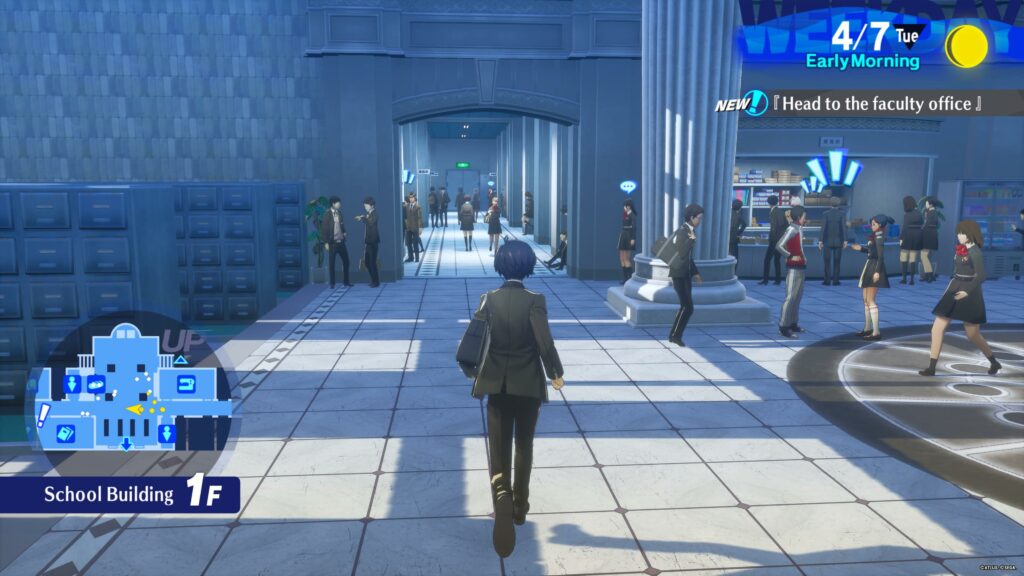

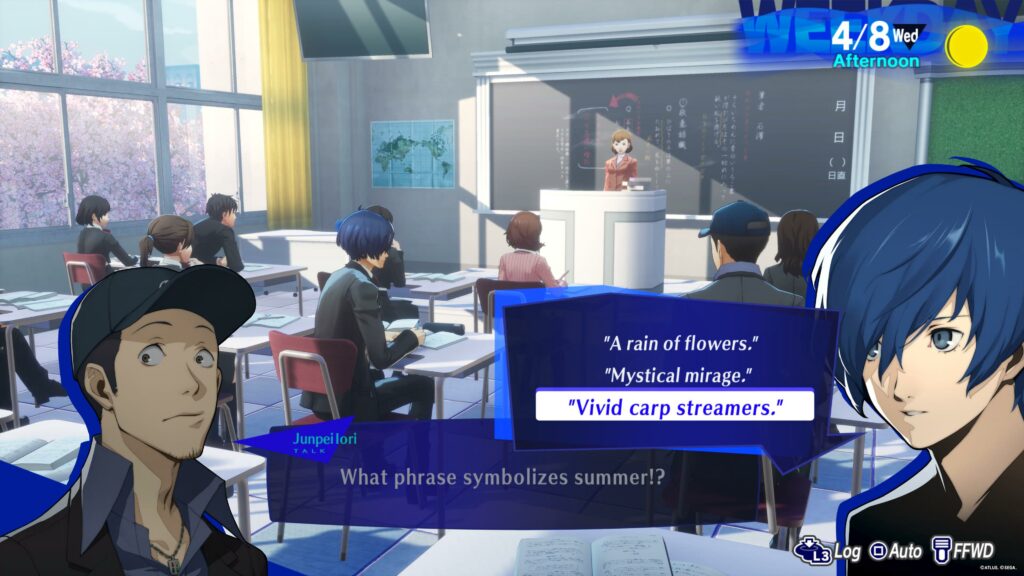
Visuals – Just A Step Behind Persona 5
Atlus used Unreal Engine 4 to remake Persona 3. The studio rebuilt the beloved game from scratch and gave its world new life on modern systems. Character models look even better here than they do in Persona 5, but the environments are not as detailed. Tartarus is especially visually repetitive, as you’ll travel through dozens of floors with the same art style before anything changes. Atlus will have to work very hard to outdo themselves in Persona 6 following Persona 5’s dungeons.
For the personas themselves, Atlus decided to reuse the same models from Shin Megami Tensei V to cut down development time and costs. They look very good on modern consoles, and we can only hope Atlus will soon bring SMT V to other platforms apart from the Nintendo Switch. Persona 3 Reload runs very smoothly at 60FPS on the PlayStation 5, and load times are lightning-fast. We experienced zero glitches or crashes during our time with the game, which is very commendable.
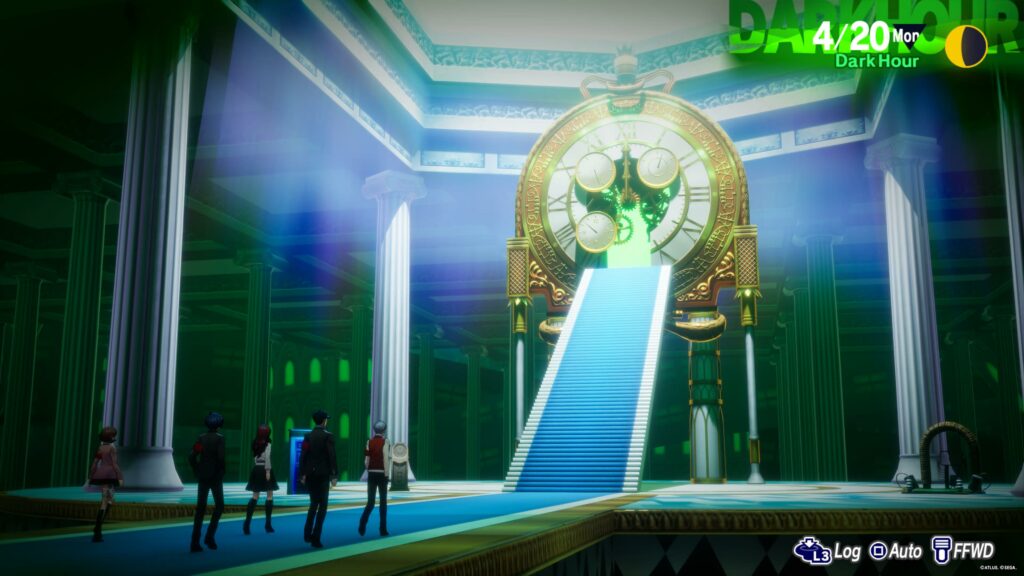
The Original Game’s Art Style is Lost in Translation
Persona 3 Reload looks very good, but that’s also a bit to its detriment. The original game has a very distinct art style with muted, pale colours that symbolize the main character’s mental state. He’s not a “blank slate” RPG character and is apathetic to a lot of things going around him. A lot of social links also deal with the topic of depression and the inevitability of growing up.
The original game’s sombre feelings of loneliness, isolation, and melancholy get lost in the remake’s new art style. Persona 3 Reload is a very flashy game with vivid colours and heavily accentuates the colour blue. If you’ve never played the original game, this won’t affect your experience much. But if you did, you’ll notice that the game’s atmosphere has changed. Whether it’s for better or worse is up to personal preference.


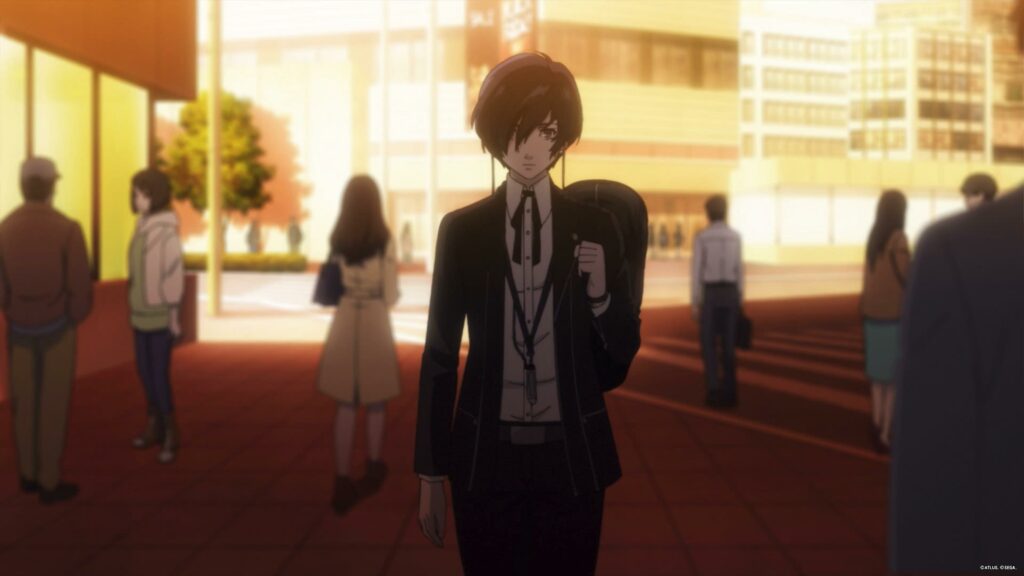
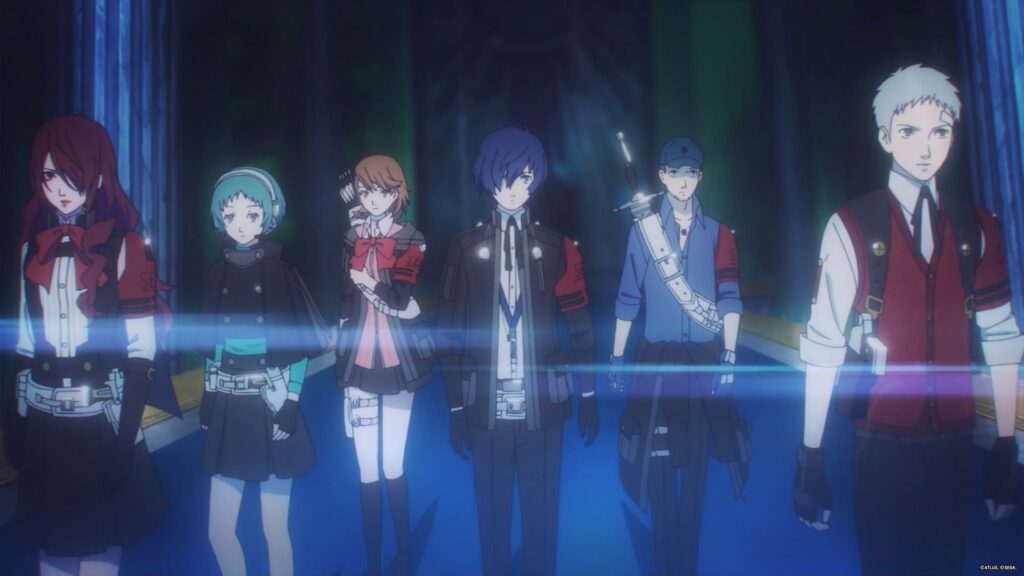
Audio – Remixed and Largely Untouched
Persona 3 Reload features a soundtrack comprised of fan-favourite Persona 3 tracks with a few new additions thrown in. Atlus decided not to try fixing what wasn’t broken and gave fans what they wanted – Persona 3 in 2024.
This means you’ll hear tracks like “Full Moon Full Life” and “It’s Going Down Now” and enjoy them just as much as you did before if you played the original. It’s worth noting that Persona 3’s soundtrack is more repetitive than those found in later instalments. You’ll hear the same tracks much more frequently than you would in Persona 4 or Persona 5. If they click with you, that’s great. If they don’t, you might have an issue.
The same can’t be said of the game’s voice acting, which is stellar. Atlus completely rerecorded all the voice lines with a new cast of actors, and they all fit their roles perfectly. Even the previously text-only social links are now fully voiced, ensuring that you don’t have to read a lot of dialogue.

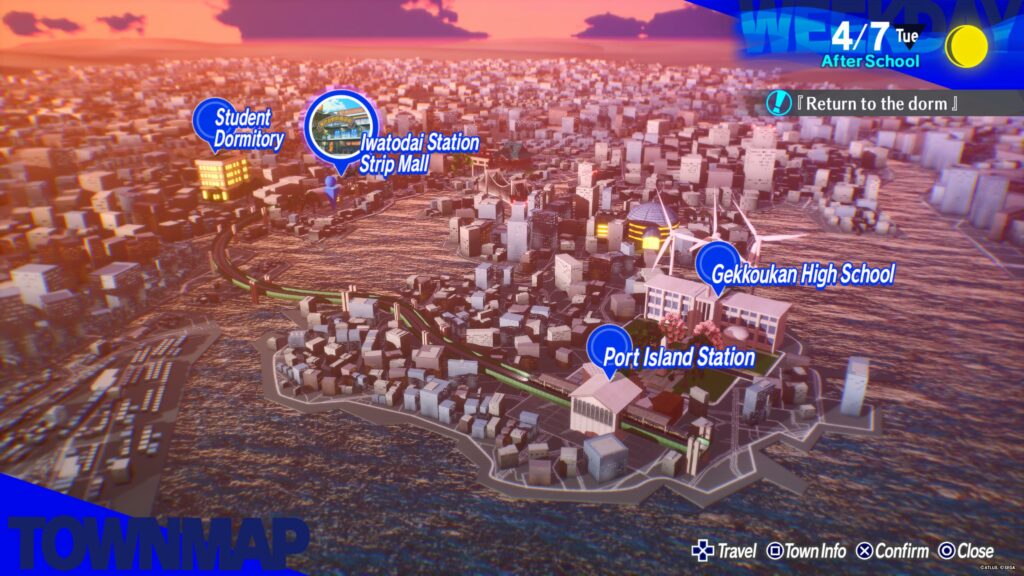
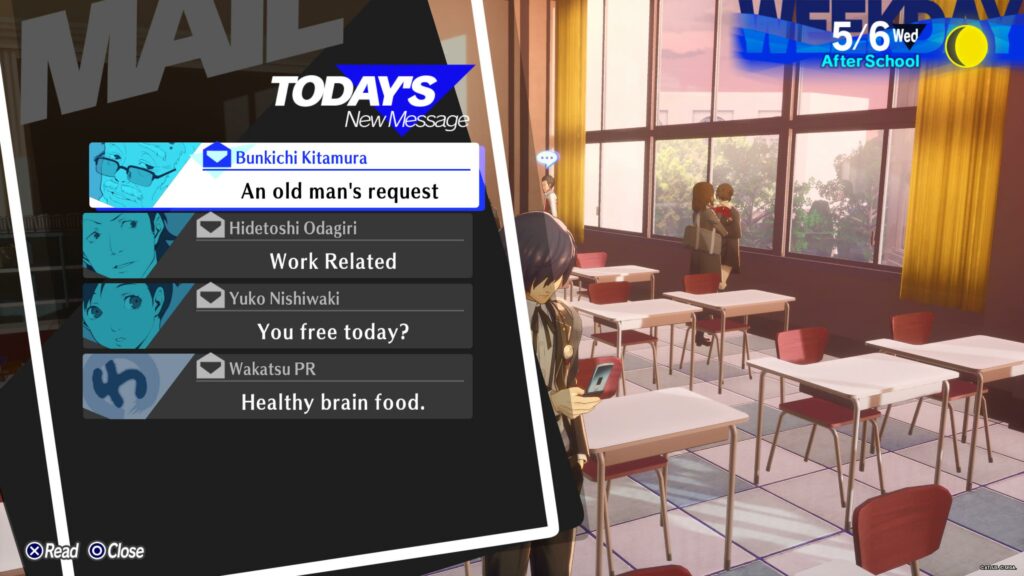
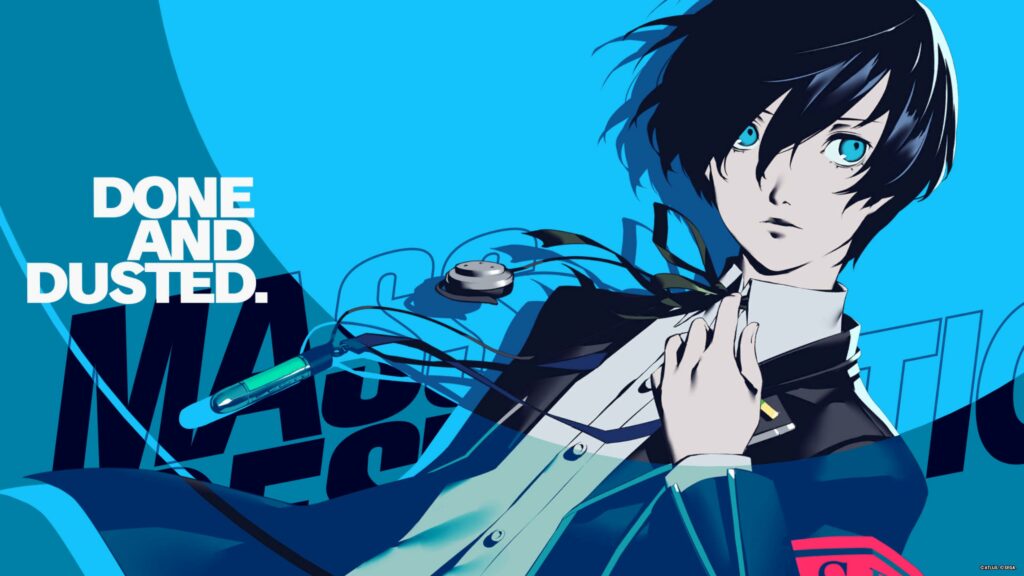
Conclusion: Should you Play Persona 3 Reload?
Persona 3 Reload is an amazing JRPG that will take you upwards of 80-100 hours to complete the first time you play it. If and when Atlus decides to bring The Answer and other missing content to modern consoles, this game will become an even easier recommendation. However, it’s worth noting that this is not Persona 6–it’s more archaic and simplistic than Persona 5 and even Persona 4 in some places.
Temper your expectations, and you’ll undoubtedly enjoy your time with these characters and their journey of self-discovery, high school life, and fighting monsters. Persona 3 Reload is now available on PC, PlayStation, and Xbox consoles, as well as GamePass. Only time will tell whether Atlus will port the game to the Nintendo Switch (or its inevitable successor).
Big thanks to Zegetron for providing us with the review copy!
